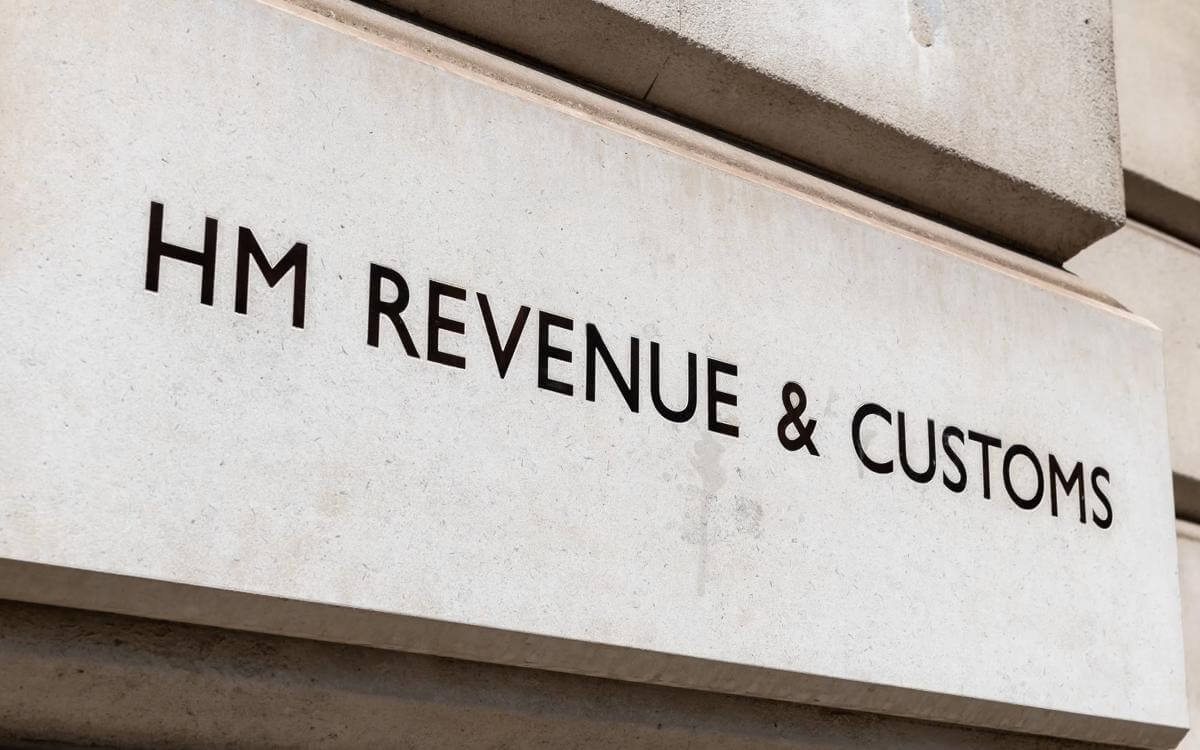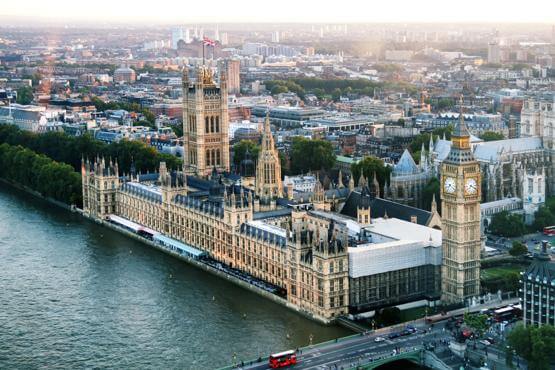Job Retention Scheme further information – 24 April 2020
The Government has now released further details about the Job Retention Scheme and how it will operate. Find out more here.
Please note: the information contained in our legal updates are correct as of the original date of publication
Following on from our initial briefing note on the Coronavirus Job Retention Scheme published on 24 March 2020, the Government has now released further details about the Scheme and how it will operate.
Relevant links:
- The updated guidance can be found here.
- A calculator to work out what you can claim can be found here.
- The Treasury has issued a Direction to HMRC that can be found here.
This goes into much more detail than the previous guidance and answers a number of questions for employers and employees alike. This briefing note should be read in conjunction with the above Direction, guidance and our previous briefing note.
- The scheme is expected go live from 20 April and will run for an initial period of three months, starting from 1 March. Under the scheme, employers can be reimbursed for wage costs for furloughed workers from 1 March 2020 until the scheme is launched. Claims for future wages will be paid by way of a grant from HMRC directly to the employer, to be used to pay the wages of furloughed employees. The minimum period of time for furlough is three weeks.
- The definition of “employee” has been confirmed as including full time and part time employees, employees on agency contracts and employees on flexible or zero hours contracts. The revised guidance has confirmed that “limb (b) workers” (i.e. those who perform work personally but who are not employees) are covered by the scheme as long as their wages are processed through PAYE. This was not clear in the earlier guidance. Anyone who accounts for their own taxes will need to claim under the parallel self-employed scheme. The rules also set out how employers should calculate the amount they claim for each employee based on whether they receive a fixed salary or variable pay.
- The new guidance clarifies the position in respect of employees who have left their employment (whether by reason of redundancy or otherwise) between 28 February 2020 and 19 March 2020 and confirms that these employees will be eligible for the scheme if they are rehired by the employer and designated as furloughed provided that the employee was on the employer’s PAYE payroll (i.e. a RTI submission notifying payment has been made) as at 28 February. Similarly, employees who left employment after 19 March will also be eligible to be rehired, provided they were on the employer’s PAYE payroll as at 19 March. It is important for employers to remember that it is not compulsory for the employer to rehire, and care should be taken with this decision. Employers will need to balance the potential negative publicity that could arise as a result of not rehiring an employee who would otherwise remain jobless, against the risks that may arise as a result of doing so (including the fact that once the scheme is wound up, that individual will remain an employee of the business even though there may no longer be a role for them).
- The Direction confirms that the scheme is not limited to employees who would otherwise have been made redundant and employers do not need to be contemplating redundancies in order to claim under the scheme. Whilst the aim is to help employers seriously affected by coronavirus to retain employees and protect the economy, the guidance also stresses that all employers are eligible to claim and recognises that businesses will face different impacts. Further, the guidance now explicitly states that shielding employees, and those unable to work for childcare reasons are eligible for furlough.
- There remains an area of difference between the guidance, which requires written confirmation from the employer that an employee has been furloughed, together with compliance with employment law to effect any contractual changes, and the Direction, which requires the employee’s written agreement. However, HMRC has separately confirmed that (despite the wording of the Direction) what is required is that the employer and employee agree to furlough and that a record of the agreement must be kept – and that this would not necessarily require written confirmation from the employee.
- Although there is reference to collective consultation potentially being necessary to procure agreement to contractual changes, it remains unclear as to precisely when collective consultation would need to be engaged. Given the intention behind the scheme is to provide immediate assistance to employers of all sizes, it would be counterintuitive to expect employers to carry out a lengthy consultation process before they could access the scheme. Further clarity is needed on this point and we would advise that employers who propose to furlough 20 or more employees to contact us for advice on their specific situation. It may also be that there are collective agreements in place for some workplaces which require consultation on changes to terms and conditions.
- The new guidance confirms that when selecting employees to be furloughed, employers must be sure not to discriminate against any individual employee or group of employees. Part time workers will also be protected from less favourable treatment compared to their full-time colleagues. Decisions on which employees to furlough should therefore be capable of being objectively justifiable on the grounds of furthering a legitimate aim i.e. the continuation of the business and the retention of jobs.
- It is important to note that employees hired after 19 March 2020 (previously 28 February 2020) are not eligible for the scheme. In addition, to be eligible, the employer must have submitted real time information payroll data in respect of the relevant employees by 19 March 2020.
- Whilst employees are not able to carry out any work whilst they are on furlough, they can carry out training. If, however, they are asked to do this, then employers must ensure that they are paid the National Minimum Wage/National Living Wage for the time spent training and this may require the employer to top up the 80% that is subsidised.
- The government has confirmed that grants to employers under the scheme will cover a) the lower of 80% of an employee’s regular wage or £2,500 per month, b) the associated Employer National Insurance contributions and c) the minimum automatic enrolment employer pension contributions on that subsidised wage. Fees, commission and bonuses should not be included. Further guidance is awaited on how employers should calculate claims for NICs and pension contributions before the scheme goes live. The sums paid to employees should be taxed in the usual way.
- Employers (whether in the private or public sector) which are receiving public funds to cover staff costs should not be making use of the furlough scheme if those funds are continuing.
- For employees on fixed term contracts, employers can only recover up to the end of the contract. However, the guidance does state that contracts can be renewed or extended without breaking the terms of the furlough scheme. It is unclear whether there is an exception to the minimum three-week rule for fixed term contracts that end. It would potentially be safer to extend to allow for a minimum of three weeks but this will need to be considered on a case by case basis (for example, this may not be appropriate if the employee is approaching 2 years’ service).
- Employees who have been furloughed retain all of their employment rights, including the right to statutory payments and rights against unfair dismissal. The guidance includes specific information in respect of employees on maternity leave, unpaid leave or statutory sick pay. The guidance also confirms that non-monetary benefits in kind cannot be included in the reference salary but should still be provided. It is silent on monetary benefits. Our view is that monetary benefits such as a car allowance which is paid every month should fall within the ambit of the scheme. The guidance also explicitly states that benefits which are provided through a salary sacrifice and reduce an employee’s taxable pay should not be included in the reference salary. It also states where an employer provides benefits this should be in addition to the wages that must be paid. It is not possible to pay the employee less than the grant (save for deductions of tax and NI).
- There is nothing in the main employer guidance covering the issue of annual leave whilst on furlough. However, based on guidance from ACAS, the guidance for employees, and guidance on calculating 80% of pay, holiday will not break furlough and employers can claim the 80% (under the scheme calculation) in respect of a day’s leave. Employers are then required to top up this pay to the employee’s usual level of holiday pay. There is also nothing in the guidance preventing employers from requiring employees to take annual leave whilst on furlough.
Given the nature of the situation that employers find themselves in, our view is that employment tribunals are likely to be sympathetic to employers in the event of any claims arising out of the furloughing of workers, and should take a more flexible approach than might otherwise have been the case. This does not mean that employers should not have regard to all of their obligations towards their employees when considering using the scheme, and we would advise clients to ensure they are retaining evidence to show why they took a certain course of action and how they implemented the scheme within their workforce, including in terms of communications with the workforce and any consultation that took place.
The guidance confirms that checks of the scheme will be run and that money will be withheld, or need to be repaid, if claims are found to be dishonest, inaccurate or fraudulent. Monitoring of compliance with scheme rules is more likely to be done retrospectively, and employers should therefore be sure to keep an audit trail that shows that the use of the scheme was appropriate and required due to the coronavirus crisis. This will include retaining evidence in relation to the notifications of furlough, and agreement to any contractual changes. In line with the Direction, ideally it should also include the employees’ written agreement to being placed on furlough.
Contact

Mark Hickson
Head of Business Development
onlineteaminbox@brownejacobson.com
+44 (0)370 270 6000





































